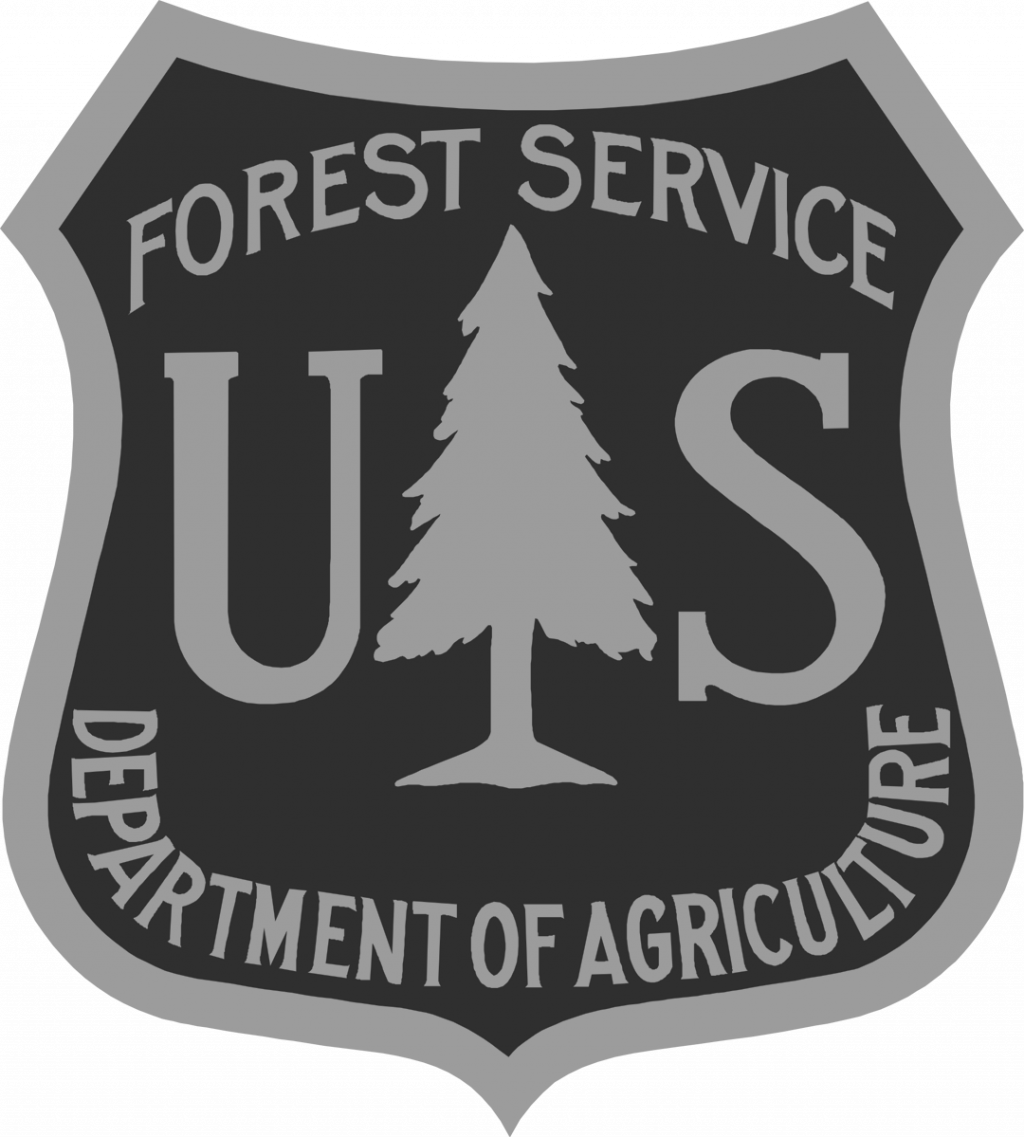Land, Water and People: A drive up Pinos Creek Road

One of my favorite summer and autumn drives is up County Road 14, Pinos Creek Road, which heads southwest from U.S. Highway 160 at the western edge of Del Norte. I like to drive it all the way up to the Chicken Foot, a local name for the three-way intersection at which CR 14 ends. Then I like to jog right onto Forest Service Road 332 and then take FSR 330 up to Grayback Mountain.
The drive is beautiful as the road first wends its way first through the alfalfa and meadow hay fields of privately owned ranches and then up onto the Rio Grande National Forest where it passes through multiple life zones as it climbs in elevation. Each of these life zones can be identified by the plants and animals that live there. Life zones areas are often named after the dominant vegetation that live there and will change with elevation, moisture levels and soil types.
Let’s take a drive up Pinos Creek and look at some of the life zones along the way.
About five miles up Pinos Creek Road, the foothills drop down next to the west side of the road. The hillsides are dotted with small bushy piñon pine and juniper trees, which is why this area is called the piñon-juniper life zone or P-J zone. This zone often begins at about 7,800 feet in elevation and can stretch up to over 9000 feet in places. Pinyon jays and Clark’s nutcrackers can often be seen and heard among the P-J.
At about the ten mile mark, the road comes right up next to Pinos Creek. Water-loving willows, cottonwoods and sedges border the creek and are part of what is called the riparian zone. Riparian zones are important to many wildlife species, but especially to birds. Close to 80 percent of all birds that live in the southwestern United States spend at least part of their lives in riparian zones. Additionally, willows and cottonwoods help keep the creek water cool and add organic matter in the form of leaves and twigs providing sustenance to aquatic life.
Eleven to 12 miles up, the road begins to ascend a ridge between East and West Pinos Creek. It will stay on this ridge all the way up to the Chicken Foot. The types of trees quickly begin to change as the road gains elevation. Ponderosa pine, Douglas-fir, white fir, bristlecone pine, limber pine and aspen can all be seen next to the road or within just a short walk off the road. These trees make up the mixed-conifer life zone, which can begin as low as 8,000 feet in elevation in some areas and extend up to 10,000 feet. In addition to the diversity of tree species that live in this zone, a great variety of shrubs and forbs (herbaceous plants) are found here, including Oregon grape, buffalo berry, and kinnikinnick.
Continuing upward, Pinos Creek Road climbs through a few beautiful aspen stands and eventually begins to level out as it approaches the Chicken Foot. The three-way intersection is surrounded primarily by Engelmann spruce (most of which have been killed by the spruce beetle) and subalpine fir trees. These two tree species are indicative of the spruce-fir life zone. Aspen, bristlecone pine, and sometimes limber pine can also be found in this zone. The spruce-fir zone may start as low as 9,000 feet in elevation and can top out at a little over 12,000 feet. This life zone covers about 30 percent of the Forest making it the largest life zone on the Rio Grande National Forest.
Now, turning right onto FSR 332 and then left onto FSR 330, the road tops out at the edge of the alpine life zone. This treeless zone with its amazing summer wildflower displays takes your breath away both because of its high elevation and its beauty.
This was just a quick trip through some of our life zones. We will explore each of these more thoroughly in future columns throughout the year.
Mike Blakeman is the public affairs specialist for the Rio Grande National Forest. He spends much of his free time scrambling around the mountains with a camera in his hand.



